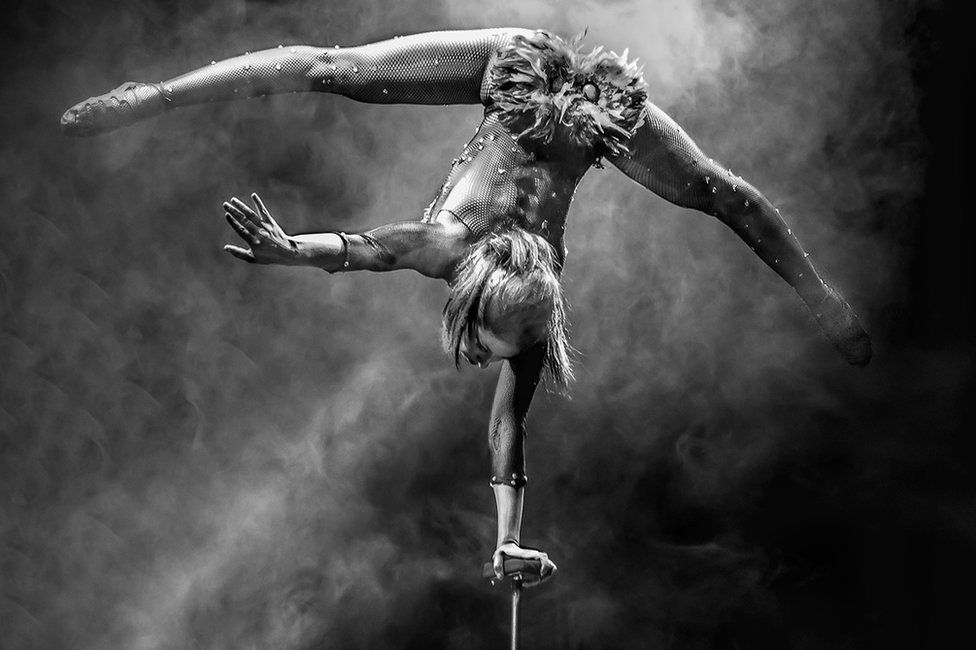An Unbiased View of Product Photography
Table of ContentsProduct Photography for Dummies9 Simple Techniques For Product PhotographyProduct Photography Things To Know Before You Get This
Russian professional photographer Sergei Mikhailovich Prokudin-Gorskii made comprehensive use of this color separation method, employing a special camera which successively exposed the three color-filtered images on various parts of an oval plate. Due to the fact that his exposures were not synchronised, unstable topics displayed color "fringes" or, if rapidly moving through the scene, appeared as brightly colored ghosts in the resulting forecasted or printed images.

Autochrome plates incorporated a mosaic color filter layer made from dyed grains of potato starch, which enabled the 3 color components to be recorded as nearby tiny image pieces. After an Autochrome plate was reversal processed to produce a favorable openness, the starch grains served to light up each fragment with the proper color and the tiny colored points combined together in the eye, synthesizing the color of the subject by the additive approach.
Kodachrome, the first modern "essential tripack" (or "monopack") color film, was presented by Kodak in 1935. It recorded the three color parts in a multi-layer emulsion. One layer was sensitized to tape-record the red-dominated part of the spectrum, another layer tape-recorded only the green part and a third taped only the blue.
Agfa's similarly structured Agfacolor Neu was presented in 1936. Unlike Kodachrome, the color couplers in Agfacolor Neu were incorporated into the emulsion layers during manufacture, which considerably simplified the processing. Presently, available color films still use a multi-layer emulsion and the same principles, many closely looking like Agfa's product. Instantaneous color movie, used in a special electronic camera which yielded an unique finished color print only a minute or 2 after the direct exposure, was introduced by Polaroid in 1963.
The latter is now the most common kind of movie (non-digital) color photography owing to the introduction of automated photo printing equipment. After a transition period centered around 19952005, color film was relegated to a niche market by inexpensive multi-megapixel digital cams. Movie continues to be the preference of some photographers since of its distinct "appearance".
Get This Report about Product Photography

Digital imaging utilizes an electronic image sensing unit to record the image as a set of electronic data instead of as chemical changes on movie. An essential difference between digital and chemical photography is that chemical photography resists image manipulation because it involves movie and photographic paper, while digital imaging is a highly manipulative medium.
Photography on a mobile phone Digital photography dominates the 21st century. More than 99% of photographs taken worldwide are through digital cameras, significantly through smartphones. Synthesis photography is part of computer-generated images (CGI) where the shooting procedure is other modeled on real photography. The CGI, developing digital copies of genuine universe, requires a visual representation procedure of these universes.
With the characteristics of the genuine photography however not being constrained by the physical limitations of real life, synthesis photography enables artists to move into locations beyond the grasp of genuine photography. Angles such as vertical, horizontal, or as pictured here diagonal are considered important photographic strategies A large range of photographic methods and media are used in the procedure of capturing images for photography.
The video camera is the image-forming gadget, and a photographic plate, photographic movie or a silicon electronic image sensing unit is the capture medium. Product Photography. The respective recording medium can be the plate or film itself, or a digital magnetic or electronic memory. Professional photographers control the electronic camera and lens to "expose" the light recording product to the needed quantity of light to form a "latent image" (on plate or movie) or RAW file (in digital electronic cameras) which, after appropriate processing, is transformed to a usable image.
The resulting digital image is stored electronically, however can be replicated on a paper (Product Photography). The cam (or 'cam obscura') is a dark room or chamber from which, as far as possible, all light is left out except the light that forms the image. It was discovered and used in the 16th century by painters.
The Facts About Product Photography Uncovered
Video cameras can range from small to really big, a whole room that is kept dark while the challenge be photographed is in another room where it is correctly illuminated. This prevailed for recreation photography of flat copy when large movie negatives were utilized (see Process cam). As soon as photographic products became "fast" (sensitive) enough for taking candid or surreptitious images, small "detective" cameras were made, some actually disguised as a book or handbag or pocket watch (the Ticka cam) and even worn concealed behind an Ascot necktie with a tie pin that was really the lens.
In contrast to a still video camera, which catches a single picture at a time, the film cam takes a series of images, each called a "frame". This is achieved through an intermittent system. The frames are later played back in a film projector at a particular speed, called the "frame rate" (variety of frames per second).
Photos, Learn More both monochrome and color, can be captured and displayed through two side-by-side images that replicate human stereoscopic vision. Stereoscopic photography was the first that captured figures in movement. While known colloquially as "3-D" photography, the more accurate term is stereoscopy. Such cams have long been realized by utilizing movie and more recently in digital electronic techniques (including mobile phone cams).